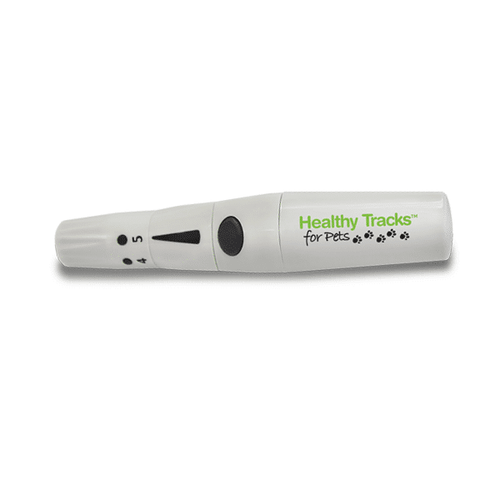Caring for a diabetic dog involves more than just managing their diet and medication; it also requires regular monitoring of their blood sugar levels. Just like humans, dogs with diabetes need consistent management to stay healthy and avoid complications. To do this effectively, pet owners must have the right diabetic testing supplies for dogs on hand. Understanding these supplies and how to use them can make a significant difference in the quality of life of a diabetic dog.
1. Glucose Meters and Test Strips
One of the most critical diabetic testing supplies for dogs for managing canine diabetes is a glucose meter. This device measures the glucose (sugar) levels in your dog's blood, providing essential information that helps you manage their condition. Glucose meters designed specifically for pets are available and are often more accurate than those made for humans. Along with the meter, you'll need test strips, which are inserted into the device to analyze a small blood sample. It's important to use test strips that are compatible with your glucose meter to ensure accurate readings.
2. Lancets and Lancing Devices
To obtain a blood sample for glucose testing, you'll need lancets and a lancing device. Lancets are small, sharp needles used to prick the dog's skin, typically on the ear or paw, to produce a drop of blood. The lancing device holds the lancet and makes it easier for your pet to perform the prick quickly and with minimal discomfort. Many pet owners find that using a lancing device designed for animals, rather than a generic one can make the process smoother and less stressful for both the dog and the owner.
3. Urine Test Strips
In addition to blood glucose monitoring, urine test strips can be a useful tool in managing your dog’s diabetes. These strips test for the presence of glucose or ketones in your dog's urine. While they don't replace regular blood testing, they can provide a quick check between blood tests, especially if your dog is showing signs of abnormal blood sugar levels. Ketone testing is particularly important because the presence of ketones can indicate a serious condition called ketoacidosis, which requires immediate veterinary attention.
4. Logbooks or Digital Apps
Keeping track of your dog's blood glucose levels is crucial for managing their diabetes effectively. Many pet owners use logbooks to record glucose readings, insulin doses, meals, and any other relevant information. This data can help you and your veterinarian make informed decisions about your dog's treatment plan. In today’s digital age, there are also apps available that allow you to log and track this information on your smartphone, making it easier to manage your dog's diabetes on the go.
5. Insulin and Syringes
While not strictly testing supplies, insulin and syringes are an integral part of managing diabetes in dogs. After testing your dog's blood sugar levels, you may need to administer insulin to help regulate their glucose. Your veterinarian will prescribe the appropriate type and dosage of insulin, and you'll need syringes to administer it. It's important to store insulin properly and follow your vet’s instructions carefully to ensure your dog receives the correct dosage.
Conclusion
Managing a dog with diabetes can be challenging, but having the right diabetic testing supplies for dogs can make the process more manageable and less stressful. Regular monitoring of blood glucose levels, combined with the use of specialized tools like glucose meters, lancets, and urine test strips, allows you to keep your dog’s diabetes under control. By staying informed and working closely with your veterinarian, you can ensure that your dog lives a healthy and happy life despite their condition.





Comments